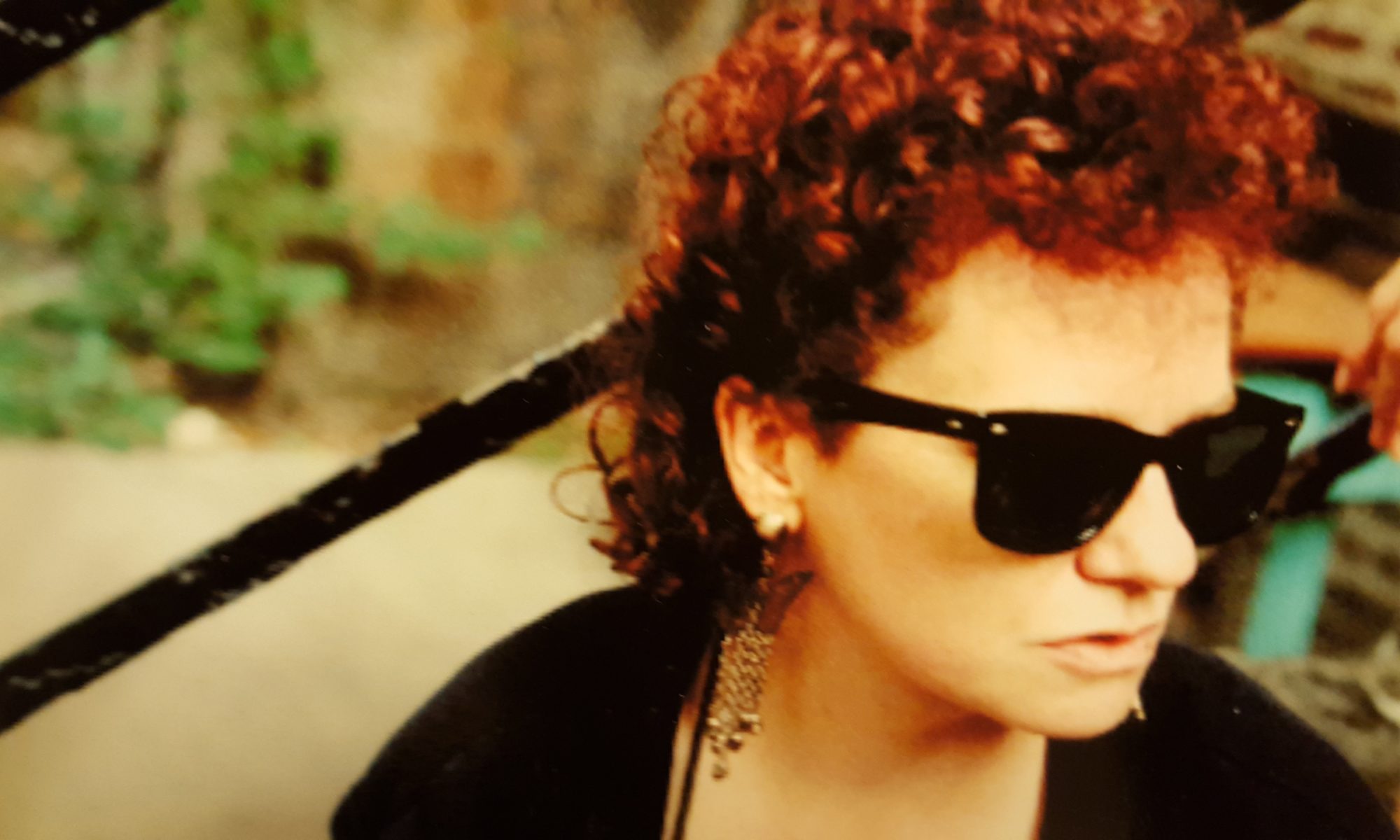I read Brandon Taylor’s debut novel “Real Life,” a finalist for the 2020 Booker Prize and a New York Times Editor’s Choice, right after I reread Camus’ “The Stranger” whose famous first line “Mother died today,” resonates with Taylor’s book. I wouldn’t have put these two together, other than that I’d read them one after the other, but they do have a lot in common. In Taylor’s novel, Wallace’s father has died and he’s living a similar anxiety, alienation, and streak of rage as Camus’ Meursault, whose mother has died. Yet, the time and place and situation between the novels have little in common. Meursault is French Algerian in Northern Africa in the 1940s and Wallace is Black, gay, and a biochem grad student at an unnamed Midwestern University with only white friends, in the present.
With exquisite detail Taylor trains his literary microscope on Wallace as he finds his nematode experiment ruined, then he trains this same tight focus on Wallace’s life in the Midwest, his friends, his memories of traumas, and sex, present and past. Simple things increase his alienation, such as Wallace bringing a homemade meat dish to his friends’ dinner party to find it left untouched, his new friends all vegetarians. At the center of the book, is a dinner party where Taylor, for the first time, has his white characters directly voice the racism previously implicit and directly “unvoice” the other white friends who say nothing. Throughout this lengthy night, Taylor is able to keep these eight characters distinct and clear in my mind, while he delivers a devastating account of the evening with Wallace’s analysis of complicated relationships, kindness, racism, silence, love and hate. A tour de force that primes the reader to hear Wallace’s back story.
Taylor’s ability to evoke deep emotions and then analyze them is one of the reasons, I assume, that it’s been so well received. Reviews often quote from a paragraph about white cruelty, but his examination of cruelty is all-encompassing: “Cruelty, Wallace thinks, is really just the conduit of pain. It conveys pain from one place to another—from the place of highest concentration to the place of lowest concentration, in the same way heat flows. It is a delivery system, as in the way that certain viruses convey illness, disease, irreparable harm. They’re all infected with pain, hurting each other.”
As I read about his world in a non-diverse university science department, I was saddened, though not surprised, to find this still happening. When I started UW Madison in 1968, it was a wild time—anti-war protests, the blowing up the Army Math Research Center, and the Black Student Strike, which got the National Guard unleashed. Among the demands was that at least 500 Black students be admitted to UW by September 1969. A modest number when you consider at the time the student population numbered around 33,000. Terrifying to see how little things have changed.
In the last chapter of Brandon Taylor’s “Real Life,” Wallace journeys back in time to his first day meeting these friends and we feel the circularity of life. Brandon Taylor’s dexterity with language has the ability to make me feel as though Wallace’s pain and ambiguity and alienation were mine. And it made me feel the unrelenting whiteness of the Midwest. As I read, I kept longing for some Black characters, some Black jokes, some Blackness. Though I love the Midwest and my white family there, though this may not have been Brandon Taylor’s intent, I sure was damn happy to walk out my door and find myself in New York City, where I was immediately met by a swarming cross-section of humanity—where our dinners include rabid bacon defenders, fervent pork-eschewers, vegetarians, vegans, and the lactose or gluten intolerant—with everyone fighting the universal sugar urge.

